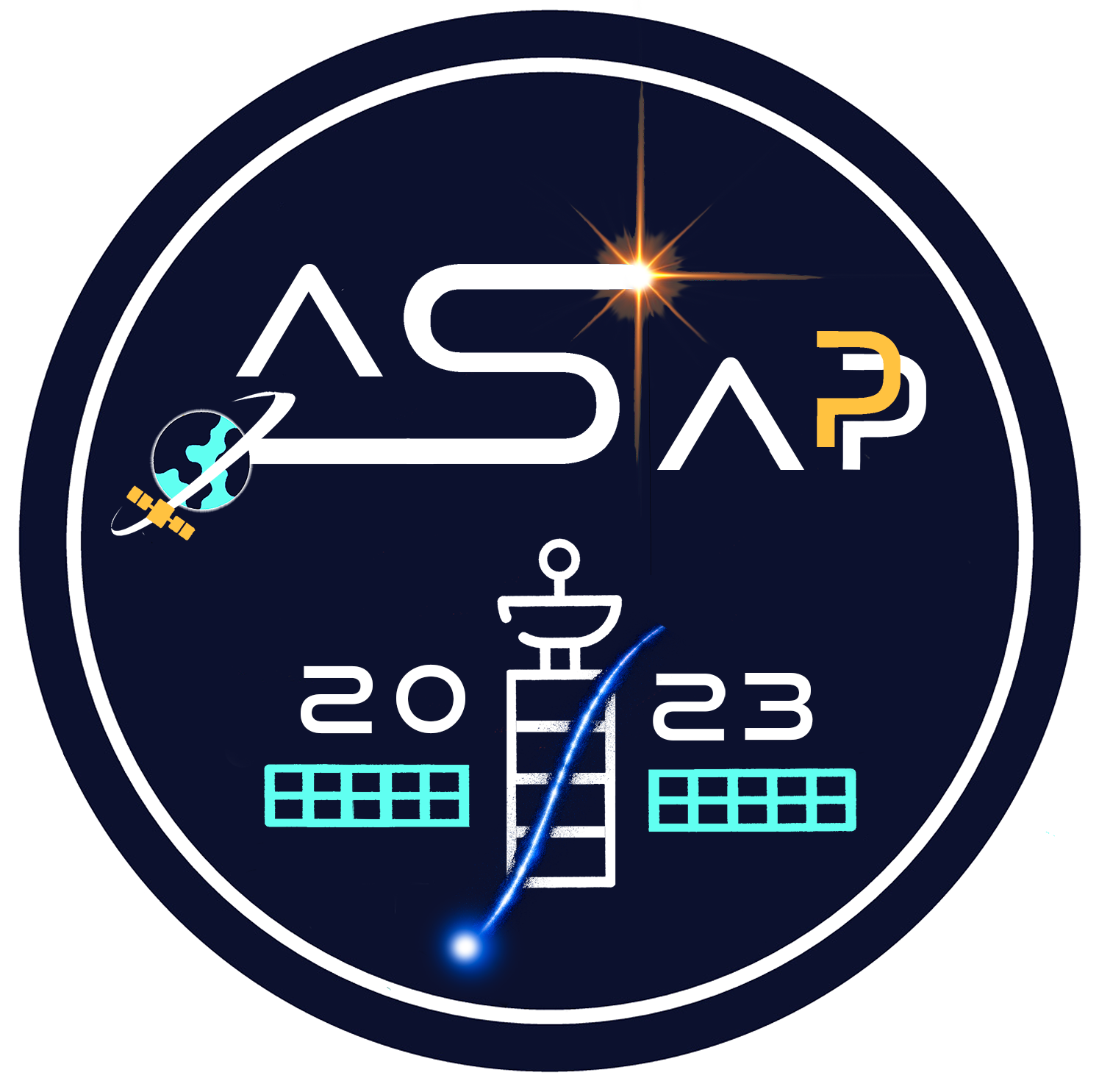Speaker
Description
The detector systems required to study the radiation environment in a space habitat share several features with detector technologies used in the studies of cosmic radiation. However, being the properties of radiation fields inside space habitats different than those in open space, space habitat radiation monitoring instruments require different optimization strategies.
The major technological peculiarities that drive the development of these classes of detectors are: operation in a habitat (where temperature, pressure, etc are controlled and similar to those on Earth with the exception of external area monitoring in planetary bases) and reduced availability of budgets (power and volume/mass). Furthermore, the field under investigation, relevant for the aforementioned applications, consists of ions (mostly 1≤Z≤26) with energies from few tens of MeV/n and not exceeding $10^{10}$ eV/n (due to the extremely low fluxes at higher energies), and also neutrons produced by the interactions with the shielding materials.
The measurement of the LET (Linear Energy Transfer, the energy released by the ion for unit path length) is mandatory to measure dose equivalent, an important parameter for risk evaluation. The ability of tracking the particle is in this case needed. Finally, nuclear charge identification and velocity measurement are further capabilities required to assess parameters which are becoming of increasing importance for the newest risk model.
The next missions to the Moon and to Mars are now requiring more performant detectors to monitor the radiation field in human habitats with the double goals of investigating these environments and the expected radiation fluxes and dose dynamics, and to provide valuable information to validate radiation and transport models.
In this talk the most advanced radiation detector system for habitats (LIDAL) also featuring time-of-flight measurements, providing most of the capabilities mentioned above, will be briefly presented, together with some of the results obtained during its operations inside ISS. Based on the LIDAL heritage, possible developments for new detector approaches will be sketched, including possible adoption of recent detector technologies and measurement strategies from synergic scientific fields (e.g., LGAD, MAPS, …) and innovative materials to achieve advances in reduction of mass/volume and power budgets, and for an overall improvement of detection performances.
| Eligibility for "Best presentation for young researcher" prize | No |
|---|
